Interior design is constantly changing, but there is an art form that surpasses trends and fads. This art form goes beyond color schemes and decor choices. It is the art of blending and matching furniture styles, a delicate skill that can turn any living space into a one-of-a-kind and harmonious sanctuary.
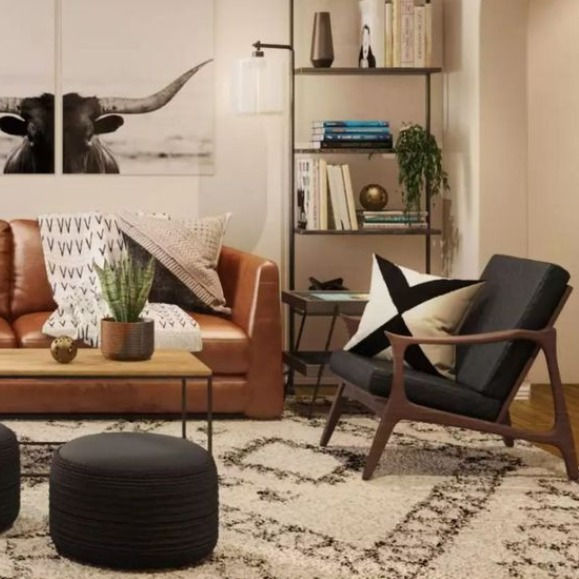
Understanding Furniture Styles
Mixing and matching furniture styles is one of the most exciting aspects of decorating your home. With this creative endeavor, you can turn your space into an expression of your personality and style. However, before you dive into the art of mixing and matching, it is crucial to have a solid understanding of furniture styles.
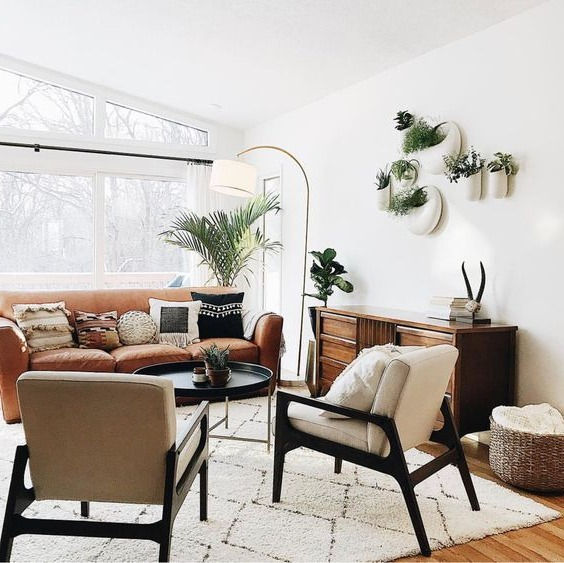
Brief Overview of Popular Furniture Styles
- Modern: Characterized by clean lines, minimalism, and a focus on functionality, modern furniture often features sleek designs and a mix of materials like metal, glass, and wood.
- Traditional: Traditional furniture exudes elegance and timelessness. It features intricate details, rich woods, and classic designs influenced by various historical periods.
- Industrial: Inspired by factories and warehouses, the industrial style incorporates raw materials like steel and distressed wood. It’s known for its rugged, utilitarian aesthetic.
- Mid-Century Modern: This style hails from the mid-20th century and emphasizes simplicity, organic shapes, and bold use of color. Think of iconic pieces from designers like Eames and Saarinen.
- Bohemian: Bohemian furniture embraces a free-spirited, eclectic look. It is all about mixing textures, patterns, and vibrant colors to create a relaxed, worldly vibe.
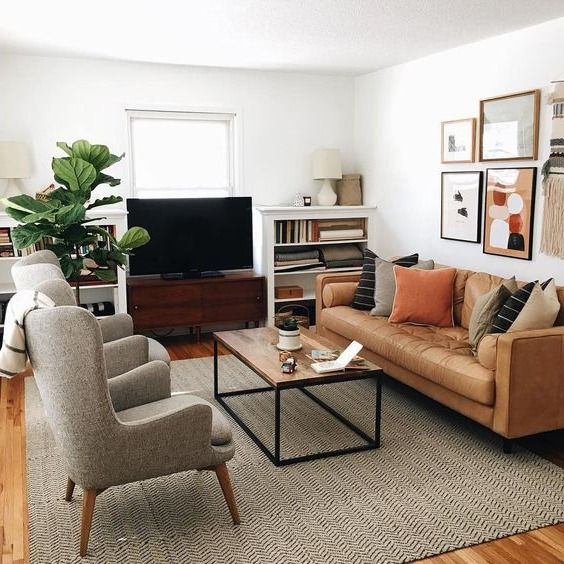
Which Styles Do You Like Most?
A clear understanding of your preferred furniture style can guide your decisions when purchasing furniture and create a cohesive and visually pleasing space. Here’s why knowing your selected style is crucial:
- Consistency: Ensuring a consistent and appealing aesthetic by sticking to a particular style or blend of types prevents a mishmash of unrelated pieces in your space.
- Personal Expression: Your furniture style reflects your personality and taste. Your home should mirror your preferences to be indeed yours.
- Efficient Shopping: Streamlining furniture shopping by identifying your style saves time and money.
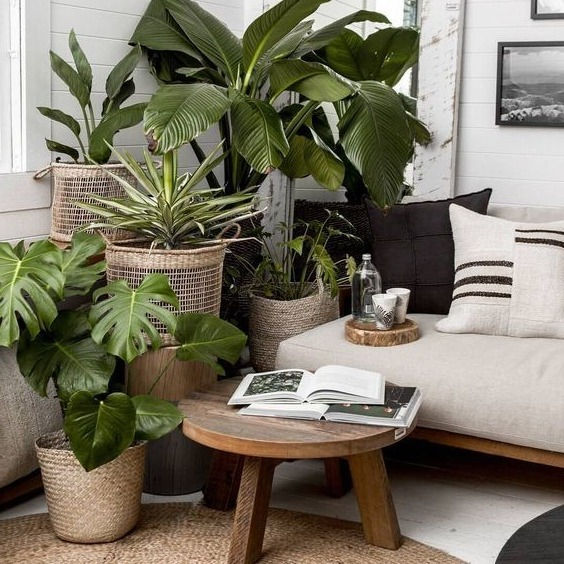
Identifying the Dominant Style in Your Space
Before you mix and match furniture styles, you must look closer at your current space and identify the dominant style already present. This can be particularly helpful if you’re not starting from scratch. Here’s how to determine the predominant type:
- Analyze Existing Furniture: When choosing furniture, consider its design style, such as modern, traditional, industrial, mid-century modern, or bohemian. Look for shared features.
- Consider Architectural Features: The design of your home can influence the style of furniture that fits best. A Victorian-style home may suit traditional furniture, while a loft space may be better suited for an industrial look.
- Color Palette: The colors used in your space can reveal the dominant style. Soft, muted colors typically align with traditional or modern techniques, while bold, vibrant hues may suggest a bohemian or mid-century modern influence.
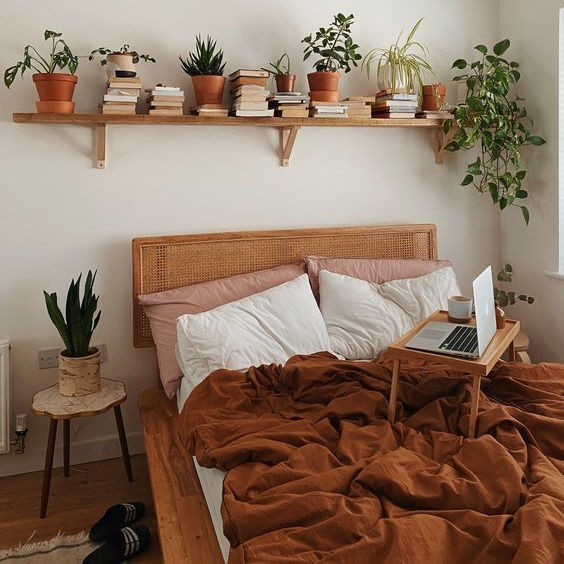
The Principles of Mixing and Matching
Balance and Symmetry
1. Exploring the Concept of Balance in Design
Achieving balance is a crucial interior design principle that evenly distributes visual weight in a room. Balance is essential to maintaining a cohesive aesthetic when mixing and matching furniture styles. To achieve balance, you should consider the visual weight of each furniture piece. Larger and heavier items typically carry more weight, while smaller and lighter pieces have less. There are several ways to create balance in a room.
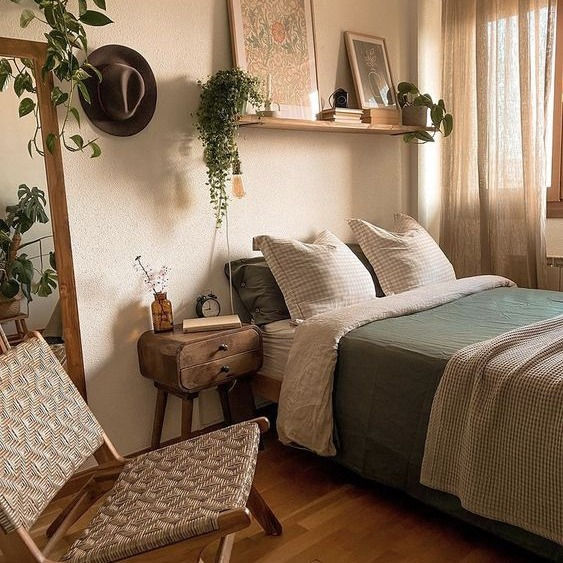
- Symmetrical Balance: This involves arranging furniture and decor in a mirror-like fashion on either side of a central axis. For example, placing two identical sofas on either side of a coffee table creates a symmetrical balance.
- Asymmetrical Balance: You can create a balanced look by pairing a giant sofa with smaller chairs and carefully selected accessories.
2. Achieving symmetry in a Room
Symmetrical balance can bring a sense of order and formality to a space, but it’s not the only way to effectively mix and match furniture styles. While achieving symmetry often involves matching pairs of furniture items, you shouldn’t be afraid to introduce slight asymmetry to add interest and character to your space. Mixing different styles can be more visually appealing with a touch of asymmetry.
Color Coordination
1. The Role of Color in Furniture Harmony
When blending different furniture styles, color coordination plays a crucial role. A well-planned color palette can combine diverse pieces and create a coherent look for your space. Here’s what you need to know to make color work for you:

- Neutral Base Color: Begin with a neutral base color for your walls, flooring, and oversized furniture items. Neutral tones provide a clear starting point to build.
- Accent Colors: Introduce accent colors from your furniture and accessories. These accents should complement each other while adding vibrancy to the room.
2. Tips for Coordinating Colors Effectively
It is essential to familiarize yourself with the color wheel to understand how colors relate to each other. Complementary colors, located opposite each other on the color wheel, can add contrast and interest to your space. Meanwhile, analogous colors, located adjacent to each other on the wheel, can create a harmonious and calming effect.
Always test paint and fabric swatches in your space before making final decisions. Lighting and other elements can affect how colors appear in a room, so it’s essential to see how the colors look before making any permanent changes.
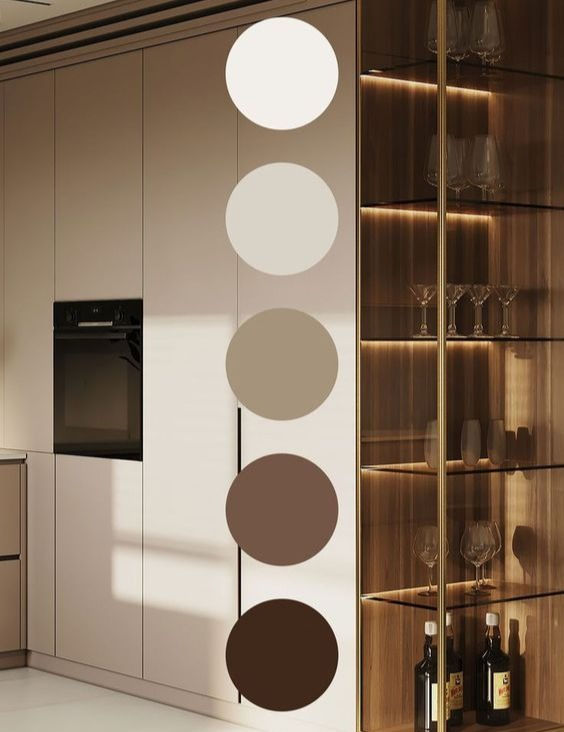
Scale and Proportion
1. How to Assess Furniture Scale
When it comes to mixing and matching different furniture styles, the scale of your furniture is a crucial factor to consider. Scale refers to the size of the furniture pieces in the room and how they relate. To assess the scale effectively, you should:
- Measure Your Space: Take accurate measurements of your room and determine the available space for each furniture item. Avoid overcrowding the room, as it can make it feel cramped, or use pieces too small for a spacious room.
- Consider Ceiling Height: Smaller rooms accommodate more oversized furniture, while lower ceilings may require lower-profile reports. Considering the ceiling height, you can ensure that your furniture choices complement the room’s proportions and create a balanced look.

2. Maintaining Proportion Within the Room
When it comes to designing a room, proportion is critical. It refers to the relationship between different furniture pieces in the space. Here are some tips to maintain balance and create a balanced look:
- Establish a focal point: Make sure there is a central point of interest in the room, such as a piece of furniture, artwork, or architectural feature. This will guide the eye and help create balance.
- Vary the height of your furniture: Incorporate furniture of different sizes to add depth and visual interest to the space. Avoid having all furniture pieces the same size, as this can make the room look monotonous.
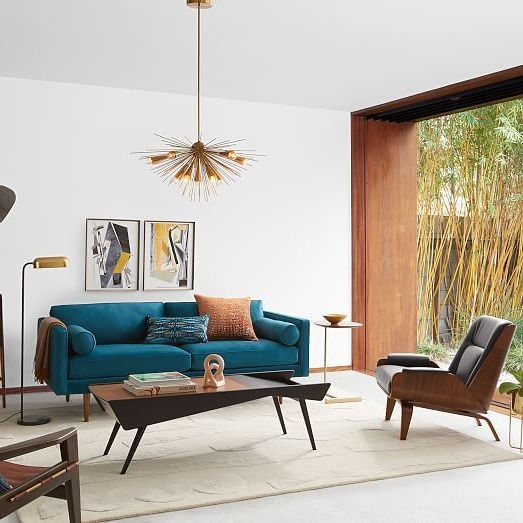
Repeating Elements
Using Common Elements to Tie Different Styles Together
When mixing different furniture styles, an effective technique to create a cohesive look is identifying and highlighting common elements that can connect these styles. These elements could be materials, shapes, or colors in old and new pieces. For instance, if you have a modern leather sofa and want to incorporate a vintage side table, you should choose one with metal accents that match the metal legs of the couch. Repeating the same materials creates a visual link between the two styles, making them more harmonious.
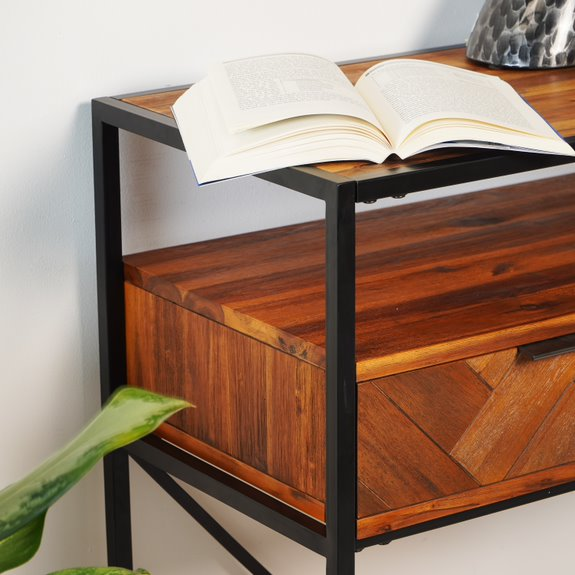
Examples of Repeating Elements
Let’s explore how repeating elements can create visual harmony in your space. Materials play a crucial role in connecting different furniture styles. Versatile materials like wood, metal, glass, and fabric can be used across various types. For instance, if you have a traditional wooden dining table, you can introduce modern metal dining chairs with wooden accents to bridge the gap between classic and contemporary styles.

Repeating similar shapes or motifs can also create a sense of unity. If you have a modern round coffee table, consider incorporating round mirrors or artwork with circular frames to echo the table’s shape. This repetition of shapes helps establish a visual rhythm in the room.
A well-chosen color palette can unify different furniture styles effortlessly. Select a few key colors that work well together and use them consistently throughout the space, whether through upholstery, accessories, or wall paint. These shared colors will provide a visual thread that ties the various pieces together.

Transitional Pieces
The Role of Transitional Furniture in Bridging Styles
Transitional furniture pieces act as the bridge between different furniture styles. These versatile items possess characteristics that make them adaptable to various aesthetics. Investing in transitional pieces can help create a smoother transition between different design sensibilities when mixing styles.
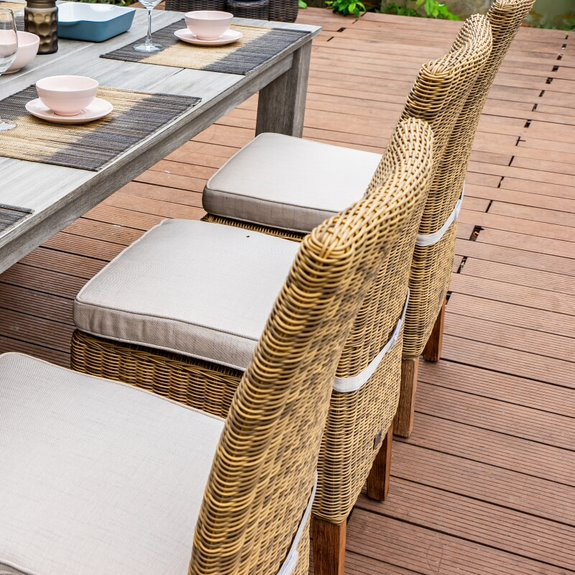
Selecting Versatile Pieces That Work with Various Styles
These tips will help you use transitional pieces effectively:
- Neutral Colors: Choose neutral tones such as beige, gray, or white furniture. These colors complement various color schemes and styles.
- Clean Lines: Furniture with clean, simple lines tends to be more versatile. They can blend seamlessly into both modern and traditional settings.
- Classic Shapes: Pieces with classic shapes, such as a simple, square coffee table or a streamlined sofa, can adapt to various styles.
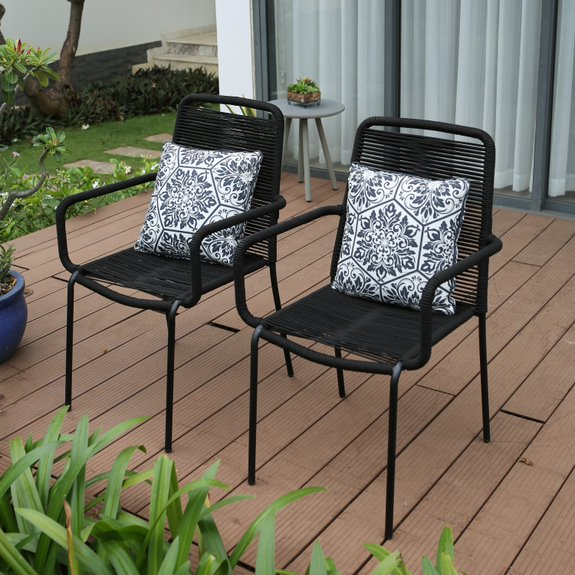
Layering and Textures
1. Adding Depth and Character with Texture
The texture is a powerful tool for adding depth and character to your mixed-style room. It brings tactile appeal and visual interest to your decor. Consider how texture can enhance the overall aesthetic when combining different furniture styles.
2. Balancing Textures Within a Mixed-Style Room
To effectively balance textures:
- Mix and Match: Adding contrasting textures, such as pairing smooth leather with rough-hewn wood or soft velvet with sleek glass surfaces, can add visual interest to your space.
- Consider Proportions: It is essential to balance different textures in a room to avoid overpowering the other.
- Layer with Accessories: Introduce additional layers of texture with textured accessories such as pillows, rugs, and blankets to refresh your decor.
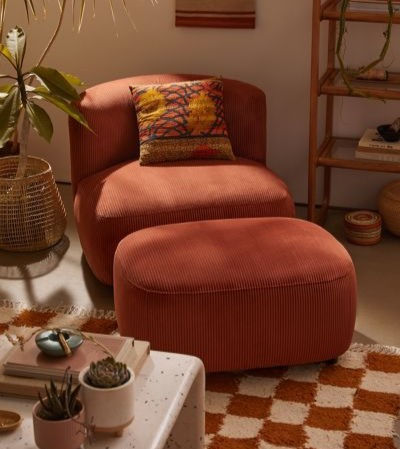
Successful Furniture Style Fusion
Mixing and matching furniture styles is one of the most fascinating and creative challenges. Successfully blending diverse design elements, can interior designs create a visually stunning and harmonious living space. This article explores three excellent examples of successful furniture style fusion that can inspire you to experiment with your interior design projects. It’s important to note that the rephrased text has corrected any spelling, grammar, and punctuation errors.
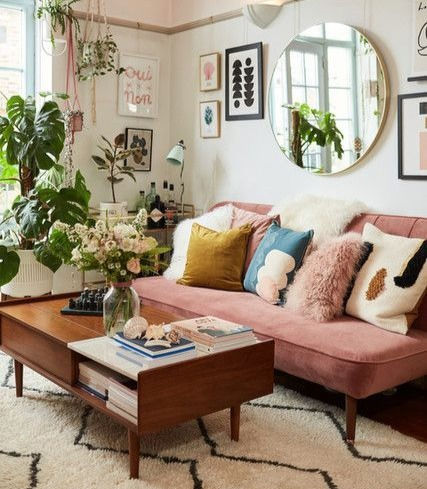
Example 1: Modern and Traditional Fusion
Description of the Room’s Layout and Elements
You will notice the perfect. Here is how they are fused to contemporary and traditional decor blends as you enter the living room. The room boasts a modern gray sectional sofa, a sleek glass coffee table, and minimalist wall art. A beautiful antique Persian rug, ornate wooden side tables, and a grand framed oil painting add to the classic charm.
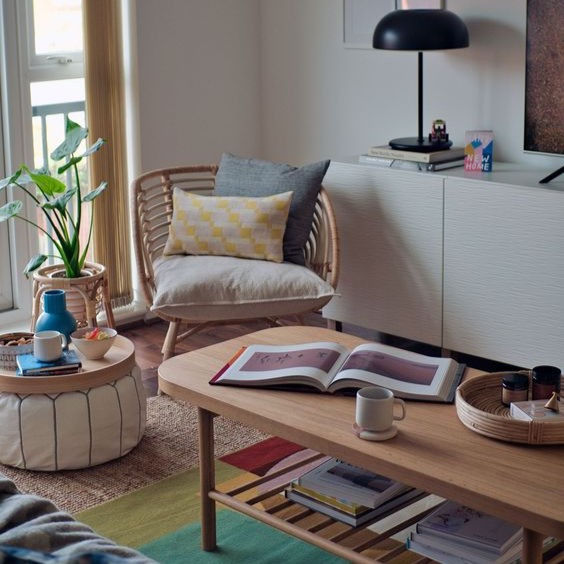
Combining modern and traditional styles successfully requires a careful balance of elements. Here is how it works:
- Color Palette: The room maintains a neutral color palette, allowing the traditional and modern pieces to coexist harmoniously. Shades of gray, white, and beige dominate the space.
- Contrast: The stark contrast between modern and traditional elements is intentional. The clean lines of modern furniture create a striking juxtaposition with the intricate detailing of contemporary pieces.
- Symmetry: The room’s symmetry plays a crucial role. Symmetrical placement of furniture and decor elements helps maintain a sense of balance.
- Transitional Pieces: Transitional furniture items, like the neutral-toned sofa and glass coffee table, serve as bridges between the two styles, ensuring a smooth transition.
In this fusion, the tension between the modern and traditional elements becomes a visual delight. It’s a living space that tells a story, combining the elegance of the past with the functionality and aesthetics of the present.
Example 2: Eclectic Bohemian
A Look at a Vibrant, Mixed-Style Space
The eclectic Bohemian style is conventional about embracing the bold, the colorful, and the unconventional. In this example, imagine a cozy bedroom that effortlessly combines many types. The bed features a vibrant, vintage patchwork quilt, and a collection of mismatched antique nightstands surround it. Above the bed, a gallery wall showcases an array of artwork, from modern abstracts to vintage posters.

Breakdown of Key Design Elements
Here is what makes this eclectic Bohemian style work:
- Mix of Textures and Patterns: The room boasts a diverse collection of textures and patterns, ranging from the quilted bedspread to the various nightstands, creating an engaging visual display.
- Color Cohesion: There is a sense of cohesion through a dominant color or theme despite Various colors. In this case, warm, earthy tones unify the eclectic elements.
- Personal Touch: Adding personal items and curiosities, such as travel trinkets or handmade crafts, to a room can create a unique and personalized atmosphere.
- Layered Decor: The layering of rugs, throws, and pillows adds depth and comfort to the space, creating a bohemian sense of relaxation.
This Bohemian fusion is all about embracing diversity and individuality. It’s a style that allows you to curate a space that reflects your passions, travels, and artistic inclinations.
Example 3: Minimalist with Mid-Century Flair
Analyzing a Room that Combines Minimalism and Mid-Century Style
Imagine a dining room that marries the simplicity of minimalist design with the iconic curves and timeless appeal of mid-century furniture. The room features a sleek, white dining table with Eames-style chairs. An ample statement pendant light hangs above the table, drawing the eye.
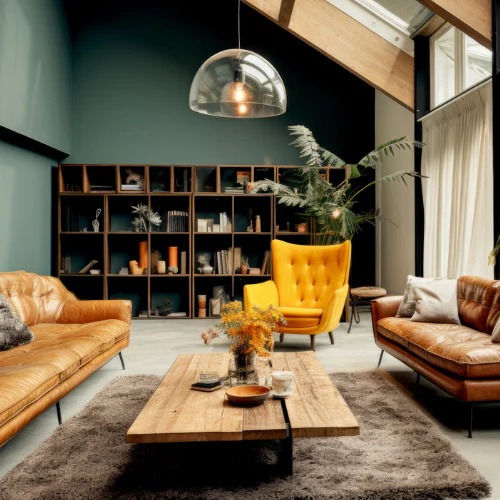
Highlighting the Harmony Achieved
To achieve a balance between minimalism and mid-century style.
- Functional Simplicity: The minimalist foundation ensures that every piece of furniture serves a purpose and has a clean, uncluttered aesthetic.
- Iconic Pieces: Mid-century furniture, known for its iconic designs, becomes the focal point. The chairs, in particular, are instantly recognizable and add a touch of retro charm.
- Neutral Palette: A neutral color palette maintains a minimalist feel, with mid-century pieces given an occasional pop of color in accessories.
- Statement Lighting: The bold pendant light makes a statement and anchors the dining area while adding a touch of drama.
This fusion exemplifies the harmonious coexistence of contrasting styles through careful balance and function. The room is both straightforward and personable.
Mistakes to Avoid
Decorating your home by mixing and matching furniture styles can be a creative and exciting way to give your space a unique and personalized look. However, it is not without its challenges. To master the art of blending different furniture styles successfully, you must be aware of common mistakes that can undermine your efforts. This article will explore three critical mistakes to avoid when mixing and matching furniture styles.
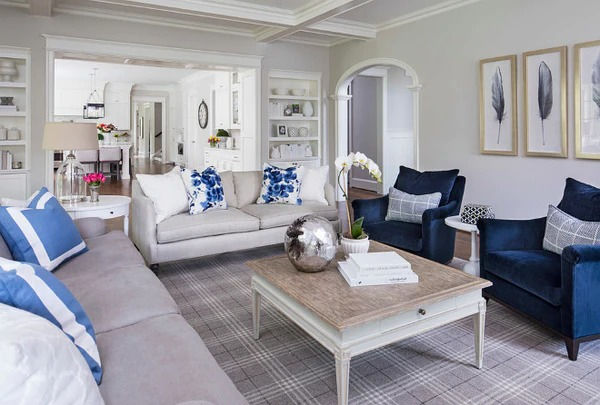
Overcrowding the Space
One of the most frequent mistakes people make when combining various furniture styles is overcrowding the space. It is easy to get carried away with incorporating different pieces, but too much furniture can make your room feel cluttered and chaotic. To avoid this pitfall, consider the following tips:
- Prioritize Functionality: Before adding any new piece of furniture, assess its functionality within the room. Does it serve a purpose, or is it simply there for decoration? Make sure each item has a defined role in the space.
- Measure Your Space: Measure your room and create a floor plan to determine how much space you have to work with. This will help you choose appropriately sized furniture and avoid overcrowding.
- Edit and Simplify: Less is often more when mixing and matching furniture styles. Be willing to edit and remove items that don’t contribute positively to the overall design.
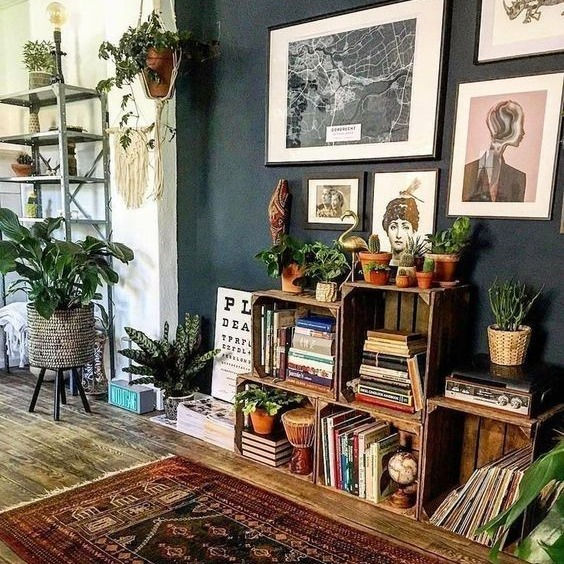
Ignoring Functionality
Another common mistake is neglecting functionality while focusing solely on aesthetics. While creating a visually appealing space is necessary, your furniture should also meet your practical needs. Here’s how to strike the right balance:
- Evaluate Your Lifestyle: When planning your room, consider daily routines and usage. Prioritize easy-to-clean, durable materials with kids or pets.
- Ergonomics Matter: Pay attention to the ergonomics of your furniture. Ensure that chairs, sofas, and tables are comfortable and convenient when planning your room.
- Storage Solutions: Incorporate furniture pieces that offer storage solutions, such as coffee tables with drawers or ottomans with hidden compartments. This will help maintain a clutter-free environment.
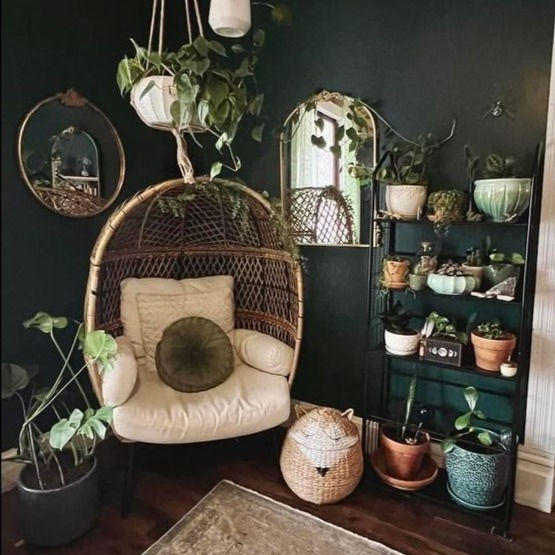
Neglecting to Create a Focal Point
A room without a focal point can feel disjointed and lack harmony. Neglecting to create a focal point is a mistake that can diminish the impact of your mixed furniture styles. Here’s how to avoid this oversight:
- Choose a Centerpiece: Select a standout furniture or decor item that anchors the room and draws the eye. This could be a unique sofa, striking artwork, or a Considerbold area rug.
- Coordinate Around the Focal Point: Once you’ve identified your focal point, arrange the rest of your furniture and decor items. This will create a cohesive and visually appealing design.
- Balance the Composition: Ensure that complement and enhance the surrounding elements do not overwhelm your chosen focal point. Use scale, color, and positioning to achieve a balanced composition.

Conclusion
Mastering the art of mixing and matching furniture styles is like creating a symphony in your living spaces. It’s about harmonizing diverse pieces to produce a unique and inviting atmosphere that reflects your personal taste and style. By following the principles of balance, contrast, and cohesion, you can turn your home into a showcase of creativity and individuality.